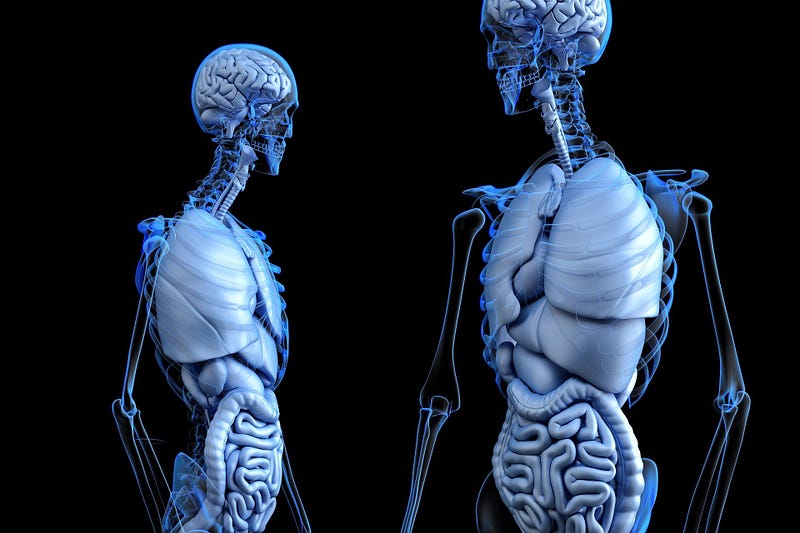Leprosy's Surprising Role in Liver Regeneration Explored
Written on
Chapter 1: The Unexpected Ally
Recent findings have shed light on an astonishing connection: the bacteria responsible for leprosy could potentially rejuvenate the liver. New research suggests that these bacteria can stimulate aging or damaged liver tissue to regenerate and produce healthier cells. This groundbreaking study utilized armadillos to demonstrate this phenomenon.

Leprosy, an ancient affliction, has been part of human history for millennia. The term originates from the ancient Greek word for 'scaly', and references to lepers can be found in both the Old and New Testaments. Historically, it is often associated with the Middle Ages when individuals suffering from the disease were isolated in designated facilities known as leprosaria.
This infectious disease, if not treated, can lead to a loss of sensation in extremities and significant physical deformities. Although the causes of leprosy are now well understood, for centuries, isolation was the only known method of dealing with it.
Section 1.1: Understanding Leprosy
The leprosy bacillus, or Mycobacterium leprae, is the culprit behind this disease. It was first isolated by the Norwegian scientist Gerhard Hansen in 1873, leading to the identification of treatments for leprosy, also known as Hansen's disease. Today, leprosy is fully treatable, yet the bacterium continues to reveal unexpected properties.
A recent study conducted by researchers at the University of Edinburgh, published in the journal Cell Reports Medicine, has demonstrated the ability of Mycobacterium leprae to reprogram liver cells. Following exposure to these bacteria, the liver exhibits growth and regeneration, notably without scarring or the formation of tumors.
Subsection 1.1.1: Mechanism of Liver Repair

The Mycobacterium leprae has a unique characteristic: it cannot survive outside its host cells, making laboratory cultivation challenging. American armadillos have long served as valuable models for studying leprosy because, like humans, they can carry and develop the disease.
In a recent experiment, 57 armadillos were infected with leprosy, and their liver tissues were compared to those of uninfected animals and those resistant to the pathogen. Remarkably, the livers of the infected armadillos showed significant growth, with all essential anatomical features, including blood vessels and liver stroma, being well-developed.
Section 1.2: How Leprosy Triggers Liver Growth
According to the researchers, the Mycobacterium leprae acts as a catalyst for the liver's regenerative capacity. In the infected armadillos, the liver expanded due to the emergence of entirely new cells. Additionally, the expression of genes responsible for metabolism, growth, and cell proliferation increased, while those associated with aging decreased. As a result, the livers of these animals underwent a rejuvenation process without adverse effects such as tumor formation or scarring.
Why does this occur? Researchers suggest that the leprosy bacteria reprogram liver cells to revert to a precursor state, leading to the formation of new hepatocytes and healthy tissue.
While this research has so far been conducted on animals, the scientists are hopeful that these findings could eventually benefit humans. With two million deaths attributed to liver diseases globally each year, leveraging an unexpected source—the notorious disease of leprosy—may provide new avenues for treatment.
Chapter 2: The Future of Liver Research
The first video titled "Why Can We Regrow A Liver (But Not A Limb)?" delves into the fascinating regenerative capabilities of the liver and the science behind it.
The second video, featuring Dr. Rhonda Patrick in the Huberman Lab Podcast, discusses essential micronutrients for health and longevity, providing insights relevant to liver health and overall well-being.
Source: EurekAlert, Cell Reports Medicine
Thank you for taking the time to read this article! If you found it valuable, I would appreciate your support through claps or by following me for more insights. Your encouragement means a lot!